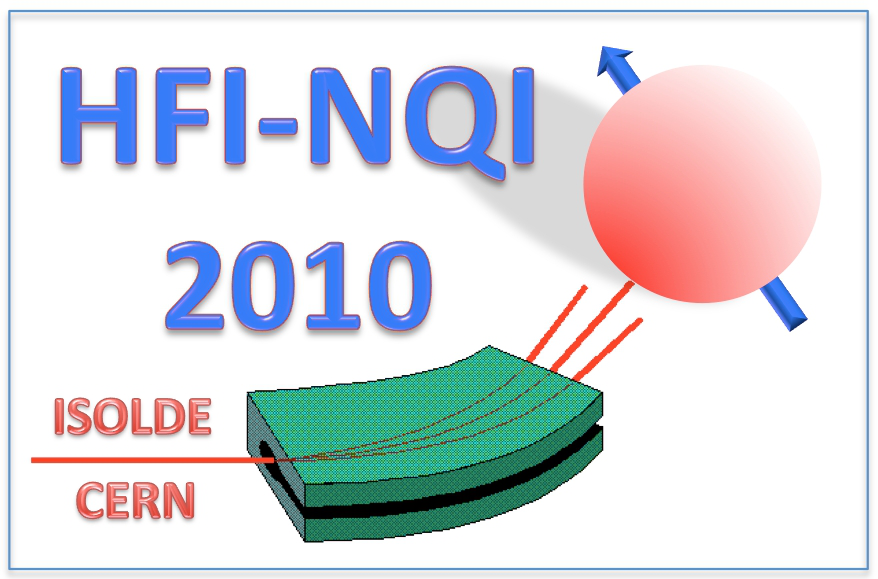Speaker
Mr
Michael Steffens
(HISKP der Universität Bonn)
Description
The decay of 111In to 111Cd via electron capture, accompanied by Auger electrons, leaves the outmost atomic shell of the Cadmium in a highly ionized state.
In PAC measurements, this so called “electron capture after effect” leads to a significant loss of anisotropy and can be associated with a highly fluctuating electric field gradient (EFG).
The recovery of the 111Cd shell by electronic recombination depends on the concentration and the mobility of charge carriers in the material. For insulators, the recombination timescale lies in the nanosecond regime, the generic timescale of hyperfine interaction processes as investigated by the PAC method.
In previous measurements the fraction of undisturbed probe atoms showed a strong and reversible dependence on the sample temperature [1].
Our current approach is to determine and alter the conditions under which electrons are sufficiently available to suppress the “after effect”.
Sapphire single crystals were ion implanted with 111In at the mass separator in Bonn. After rapid thermal annealing the samples were held at temperatures up to 1000 K. To alter the recombination characteristics and to study the influence of acceptor and donator levels, the samples were additionally doped with several concentrations of Si, Cr and P.
| Are you a student, a delegate from developing countries or a participant with physical needs and would like to apply for a sponsored accomodation. Please answer with yes or no. | yes |
|---|
Author
Mr
Michael Steffens
(HISKP der Universität Bonn)
Co-authors
Dr
Hassan Kamleh
(University of Damascus, Syria)
Dr
Jakob Penner
(HISKP der Universität Bonn)
Dr
Reiner Vianden
(HISKP der Universität Bonn)
